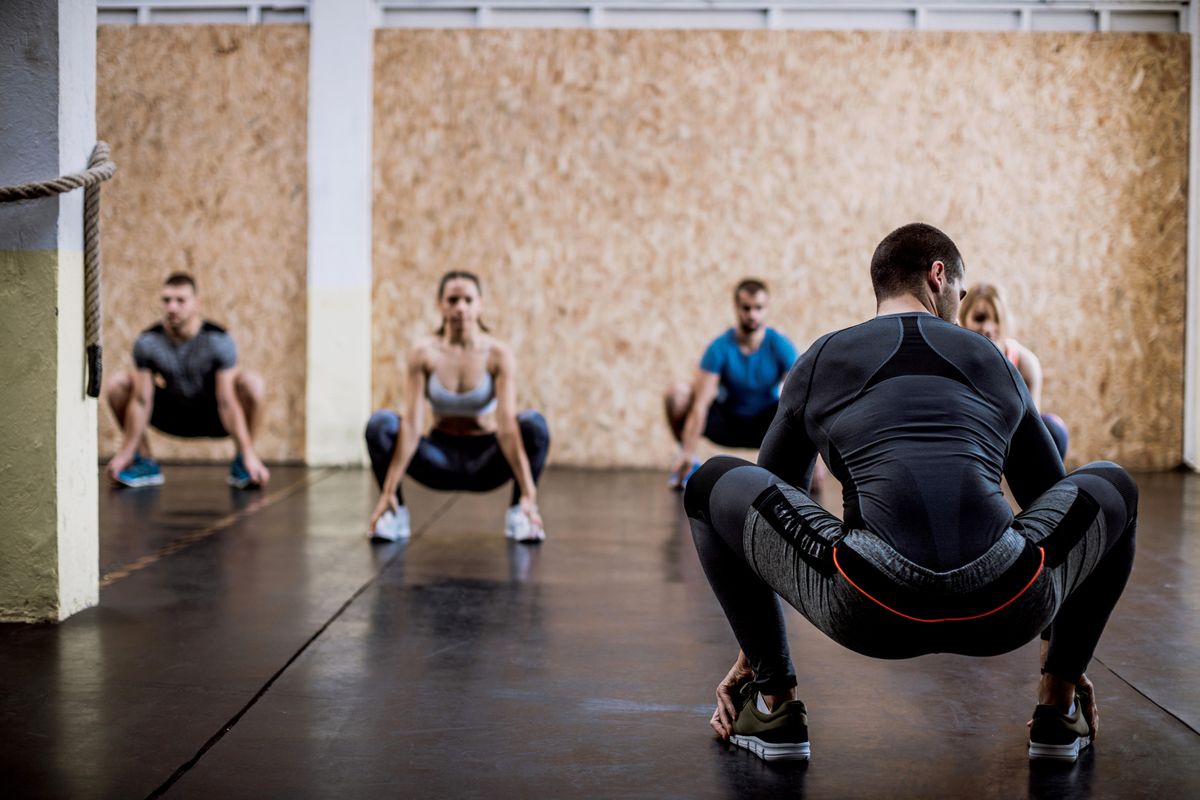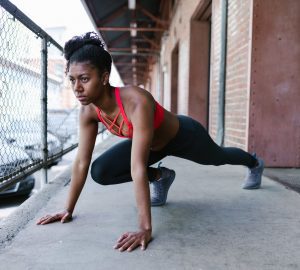When it comes to squats, there is a technique that pushes the boundaries of traditional form and challenges your strength and mobility—enter the “Ass to the Grass” squat. This exercise variation involves squatting with a full range of motion, taking your hips below parallel and aiming to touch your glutes to the ground. While it may seem daunting or unconventional to some, deep squats offer a range of benefits that can take your lower body training to new heights.
In this article, we will explore the advantages of performing “Ass to the Grass” squats and how they can transform your strength, mobility, and overall fitness. From enhanced muscle activation and joint health to increased flexibility and functional movement, we’ll uncover the power of this challenging squat variation and shed light on why it’s worth incorporating into your training routine.
Take A Wider Stance
Too many lifters keep their toes pointed straight ahead while performing a squat while they should be slightly turned out. Keep your feet just outside hip width will also help. This will force your glutes to take more of the load to lift larger weights with more stability.
Raise Your Heels Up
Putting your heels on a low platform will keep your calf muscles shorter and your knees just a bit ahead of your toes which will put the emphasis on your quads. This happens because you will tend to stay more upright with your heels elevated in a deep squat.
Flexibility
If you have poor flexibility, your ability to do a deep squat will be hampered. Perform a good warm up and take the time to stretch everyday. Doing Yoga once a week will help to improve your flexibility. Make sure to stretch your calves with your toes pointed in, neutral and out to get all three areas of the muscle. Use of Knee Sleeves have shown to be of great value when performing heavier sets.
The other main area to stretch for deep squats is the lower back. Rounding your back when squatting will put you into an uncomfortable position that can lead to injury. There are a number of stretches you can do with the benefits of them being described in one of my previous articles. Loose back muscles will really help to get a deep squat.
Using Chains
Chains give you the ability to add weight at the top of the movement and less weight at the bottom. This can help take the pressure off your joints and provide stability at the difficult lower portion of the movement.
In the end, getting a deep squat as best you can can really boost your muscle development and strength gains. Try these recommendation to improve your form and get your “ass to grass”.
Performing squats with a full range of motion offers numerous benefits that contribute to overall strength, flexibility, and functional movement. Here are some key advantages:
- Increased Muscle Activation: Squatting through a full range of motion engages a larger number of muscles throughout the lower body, including the quadriceps, hamstrings, glutes, and calves. By utilizing a full range of motion, you ensure that these muscles are effectively targeted and stimulated, leading to better muscle development and strength gains.
- Enhanced Joint Stability: Squatting deeply helps strengthen the ligaments, tendons, and muscles surrounding the knees, hips, and ankles. This improves joint stability, reducing the risk of injuries and promoting better balance and control during squat movements and other activities.
- Improved Flexibility: Squatting with a full range of motion requires a greater degree of flexibility in the hips, knees, and ankles. Regularly practicing deep squats can help improve lower body flexibility over time, enhancing your overall range of motion and making daily movements and other exercises easier to perform.
- Increased Functional Strength: Deep squats closely mimic many real-life movements, such as sitting down and standing up, picking up objects from the ground, or getting in and out of a car. By training the body to handle these functional movements with a full range of motion, you improve your overall strength and mobility for everyday activities.
- Enhanced Core Activation: Performing squats through a full range of motion engages the core muscles more effectively, as they play a vital role in stabilizing the spine and maintaining proper posture during the exercise. This added core engagement helps develop a stronger and more stable midsection.
- Improved Mobility and Balance: Deep squats require greater mobility in the ankles, hips, and spine, leading to improved overall mobility and balance. These benefits extend beyond the squat exercise itself, translating into better performance in other activities and reducing the risk of falls or injuries.
- Increased Calorie Burn: Squats, especially when performed with a full range of motion, activate multiple large muscle groups simultaneously. This results in a higher caloric expenditure during the exercise, making squats an effective addition to a weight loss or body composition program.
To reap these benefits, it is crucial to prioritize proper form and technique when performing squats. Start with lighter weights or bodyweight squats and gradually progress as your mobility and strength improve. If you have any pre-existing conditions or concerns, consult with a qualified fitness professional or healthcare provider before beginning any new exercise routine.








